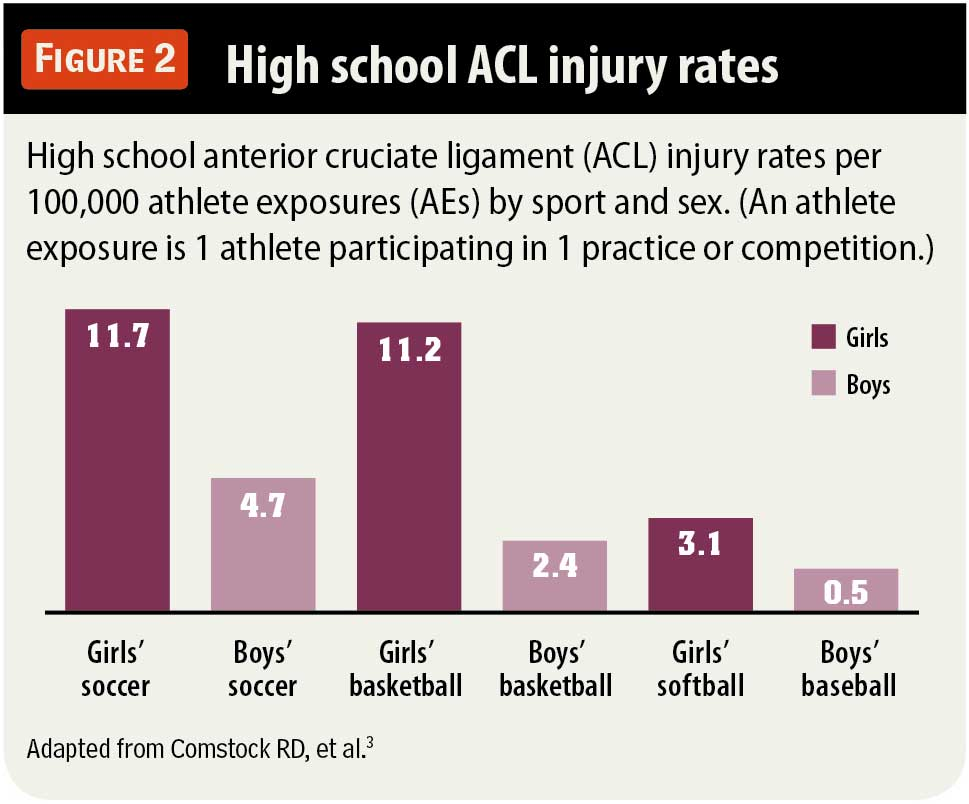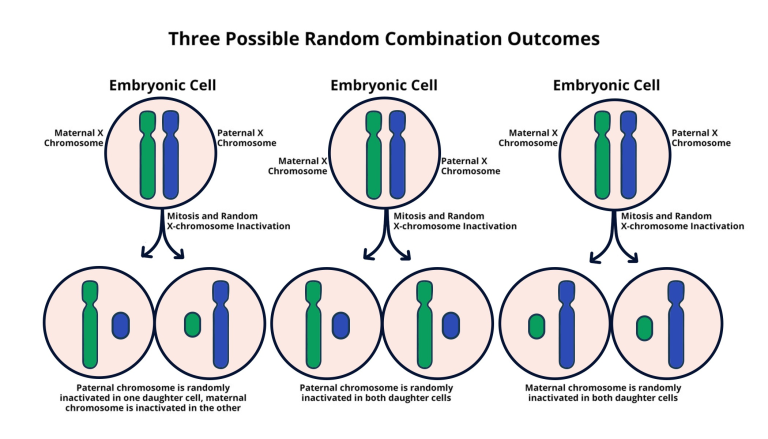ACL injury rates in women athletes have emerged as a significant concern in the realm of sports science. Research points to an alarming fact: female athletes experience ACL tears at a rate estimated to be 1.7 times higher than their male counterparts. While many attribute this disparity to biological differences, recent studies urge a re-examination of the metrics used to assess women athletes’ injury rates. For instance, outdated measurements, such as athlete-exposures, may overlook critical social factors that play a vital role in injury prevalence. Understanding the social dimensions behind preventing ACL injuries is crucial for creating effective strategies to support women athletes and enhance their safety on the field.
The discussion around heightened ACL injury frequencies among female sports participants reveals the urgent need to address gender differences in sports injuries. As women engage in various athletic pursuits, their unique risk for anterior cruciate ligament (ACL) tears raises significant questions about the factors influencing these injuries. Previous assumptions often framed the dialogue within a biological context, but emerging research encourages a broader perspective that includes socio-economic considerations. By exploring these alternative explanations, we can unravel the complexities surrounding women athletes’ injury risk while aiming to formulate effective preventative measures. This comprehensive understanding allows for targeted interventions that ultimately promote safer sports environments for all competitors.
Understanding ACL Injury Rates in Women Athletes
ACL injuries are a significant concern in sports, particularly among women athletes, whose injury rates have been reported to be 1.7 times higher than their male counterparts. This elevated risk is often associated with a range of factors, from anatomical differences to hormonal fluctuations. However, recent research has challenged the traditional narratives surrounding ACL injury rates in women, advocating for a more nuanced understanding that goes beyond merely biological explanations. By examining the sociocultural context in which these injuries occur, researchers highlight how sports science metrics, especially athlete-exposures, may contribute to misinterpretations of injury risks.
Understanding these injury rates involves analyzing the dynamics of team sizes and competitive exposure. Women athletes often participate in smaller teams, which can lead to more competition time per individual. This increased exposure during games, coupled with underfunding and lower resources allocated towards women’s sports, exacerbates the likelihood of ACL injuries. As a result, it becomes crucial for sports scientists and coaches to reassess current metrics and apply a more comprehensive approach in preventing ACL injuries among women athletes.
Frequently Asked Questions
What are the ACL injury rates in women athletes compared to men?
Research indicates that ACL injury rates are 1.7 times higher for women athletes compared to their male counterparts. This disparity may stem from both biological and social factors, including differences in team size and training practices.
What social factors contribute to higher ACL injury rates in women athletes?
Social factors contributing to higher ACL injury rates in women athletes include underinvestment in women’s sports, smaller team sizes, and less optimal training conditions. These factors can lead to increased exposure and risk for ACL tears during competition.
How does teamwork impact ACL injury rates in female athletes?
The smaller roster sizes in women’s sports mean that female athletes often have higher individual exposure during games. This increases their risk of ACL injuries because they spend more time in matches with fewer players available to share the physical demands.
Are ACL tears in women athletes solely due to biological differences?
No, the higher rates of ACL tears among women athletes are not solely attributed to biological differences. Recent research emphasizes the importance of social and structural factors, such as training opportunities and resources, in contributing to these injury rates.
What role does sports science play in understanding ACL injury rates in women athletes?
Sports science plays a crucial role in analyzing ACL injury rates among women athletes. It helps identify how factors like athlete-exposure metrics and training practices can influence injury risks, leading to more effective prevention measures.
How can we improve the prevention of ACL injuries in women athletes?
Improving ACL injury prevention in women athletes involves enhancing training conditions, increasing access to coaching and medical staff, and refining the methodologies used to assess injury risk, such as considering individual athlete-exposure data.
What are some recommended practices for reducing ACL injury risks in women athletes?
To reduce ACL injury risks, it is recommended to implement tailored strength and conditioning programs, improve training-to-competition ratios, and ensure adequate access to rehabilitation resources for female athletes.
What disparities exist in training and resources for women athletes related to ACL injuries?
Women athletes often face disparities in access to quality training facilities, coaching, and medical support compared to male athletes. These inequities can contribute to increased ACL injury rates, highlighting the need for systemic improvements in women’s sports.
Why are traditional injury metrics potentially misleading regarding ACL injuries in women athletes?
Traditional injury metrics, such as athlete-exposures, may be misleading because they often fail to account for the different conditions and opportunities available to women athletes, thus masking the true risk factors associated with ACL injuries.
What can sports organizations do to address the higher ACL injury rates in women athletes?
Sports organizations can address high ACL injury rates by investing in women’s sports infrastructure, providing equal access to training and medical resources, and promoting research into gender-specific injury prevention strategies.
| Category | Men | Women |
|---|---|---|
| Roster size-based Athlete Exposures (AEs) | 28 | 25 |
| Participant-based AEs | 19 | 17 |
| Player-hours | 6 | 6 |
| Injury rate per 100 roster-based AEs | 3.6 | 4.0 |
| Injury rate per 100 participant-based AEs | 5.3 | 5.9 |
| Injury rate per 100 player-hours | 16.7 | 16.7 |
| Injury risk per team member | 0.036 | 0.040 |
| Injury risk per participant | 0.053 | 0.059 |
Summary
ACL injury rates in women athletes remain a pressing concern, driven by a combination of social and biological factors. Recent research challenges the traditional view that biological differences solely account for the increased rates of ACL injuries among women. Instead, a closer examination reveals that social conditions, including smaller team sizes and reduced training opportunities, contribute significantly to the disparity. By advocating for improved methodologies in measuring these injuries, the study aims to reshape our understanding and response to ACL injuries in female athletes, ultimately fostering better prevention strategies and equity in sports.





